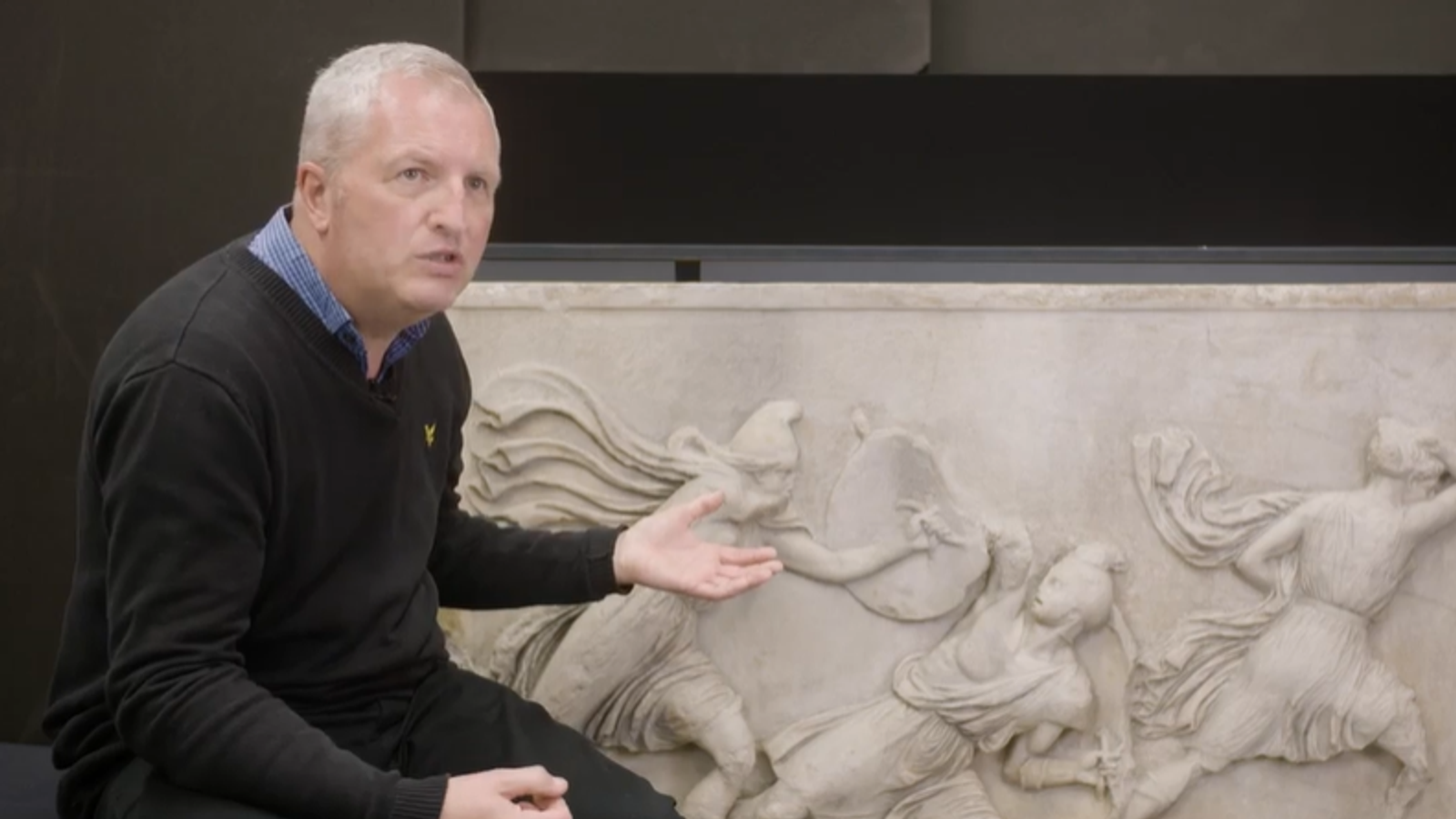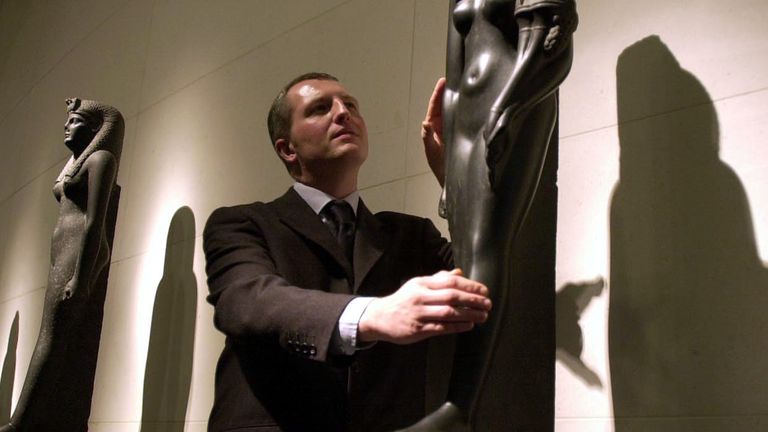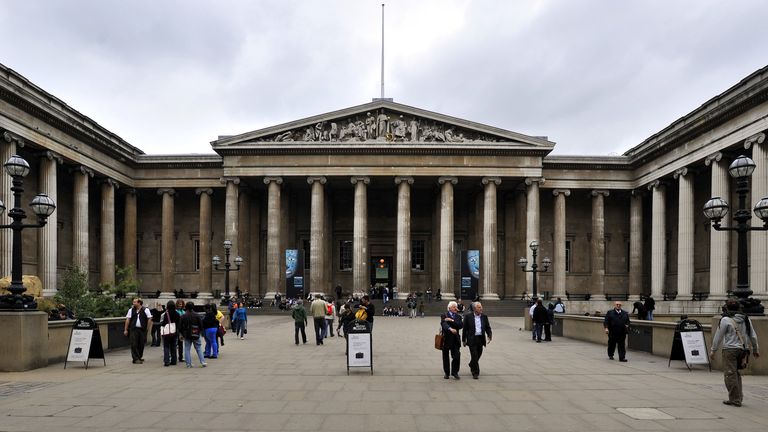British Museum staff member sacked after treasures vanished named as senior curator


The British Museum staff member sacked after the disappearance of a number of artefacts has been named as Peter Higgs.
Mr Higgs, regarded as one of Britain’s top experts on Greek and Mediterranean artefacts, was the British Museum’s curator of Mediterranean cultures until earlier this year.
The 56-year-old had been with the museum for almost three decades.
Mr Higgs’ son denied his father had done anything wrong.
“He’s not happy about it at all,” Greg Higgs told The Times.
“He’s lost his job and his reputation and I don’t think it was fair. It couldn’t have been [him]. I don’t think there is even anything missing as far as I’m aware.”
The British Museum said items that were found to be “missing, stolen or damaged” included “gold jewellery and gems of semi-precious stones and glass dating from the 15th Century BC to the 19th Century AD”.
The majority were “small pieces kept in a storeroom belonging to one of the museum’s collections”.
They were mainly used for academic and research work and none had recently been on public display.
Advertisement
British Museum officials began investigating after several artefacts were offered for sale on eBay.
The museum said it will be taking legal action and the Metropolitan Police’s economic and crime command is investigating.
During his career, Mr Higgs had written books from his work at the museum, including co-authoring a book about the ancient Egyptian queen Cleopatra VII.
The book accompanied a major exhibition about the famous ruler at the British Museum in 2001, which explored how she was depicted during her own era, in works ranging from coins to life-size sculptures.

Another book published last year focused on the fragments of decorative architecture – known as Metopes – recovered from the Temple of Apollo at Bassai.
Mr Higgs also co-authored a 2016 book about the ancient Sicilian culture, which accompanied an exhibition at the museum at the time.
In 2021, he was also involved in curating a travelling exhibition about the heroes, warriors and athletes of Ancient Greece, bringing together almost 180 artefacts, including a section of a frieze that wrapped around the tomb of King Mausolus.
The exhibition, from the British Museum, went to museums in Australia and New Zealand.
In the same year, Mr Higgs was involved in a project to return a rare 2,000-year-old marble statue, believed to be of the Greek goddess Persephone, to Libya.

The statue, believed to have come from the ancient Libyan city of Cyrene, was seized by customs officials at Heathrow Airport in 2013.
It was likely stolen from a tomb in the cemetery during the fall of Muammar Gaddafi in 2011.
On its return to Libya, he told The Guardian: “It is just lovely to be part of a story which has a happy ending.”
According to The Times, Mr Higgs, who lives in Hastings, East Sussex, went to school in Stevenage, Hertfordshire, before studying archaeology at the University of Liverpool.
In an interview with The Greek Herald last year, Mr Higgs said he used to visit the British Museum regularly as a child and was “fascinated by the large-scale sculptures”.
Asked why he particularly enjoyed studying Greek culture, he said: “There is the visual connection – the large temples, tombs and sculptures that have so inspired sculptors and architects over time.
“There are the great legends and tales of epic heroes, gods and goddesses which we have known since childhood and the great legacies of the Greek world – wonderfully profound stories turned into plays and then there is the Olympic Games – an early and lasting attempt to promote peace through shared pursuits.”